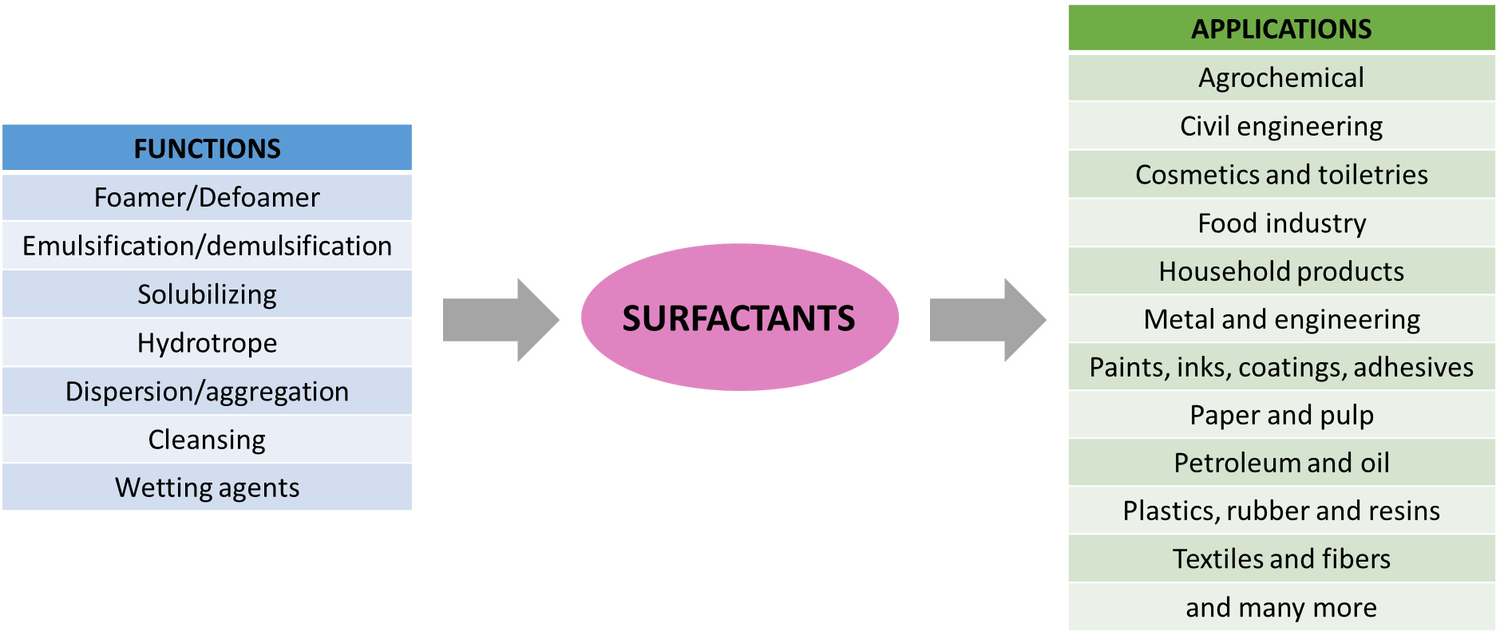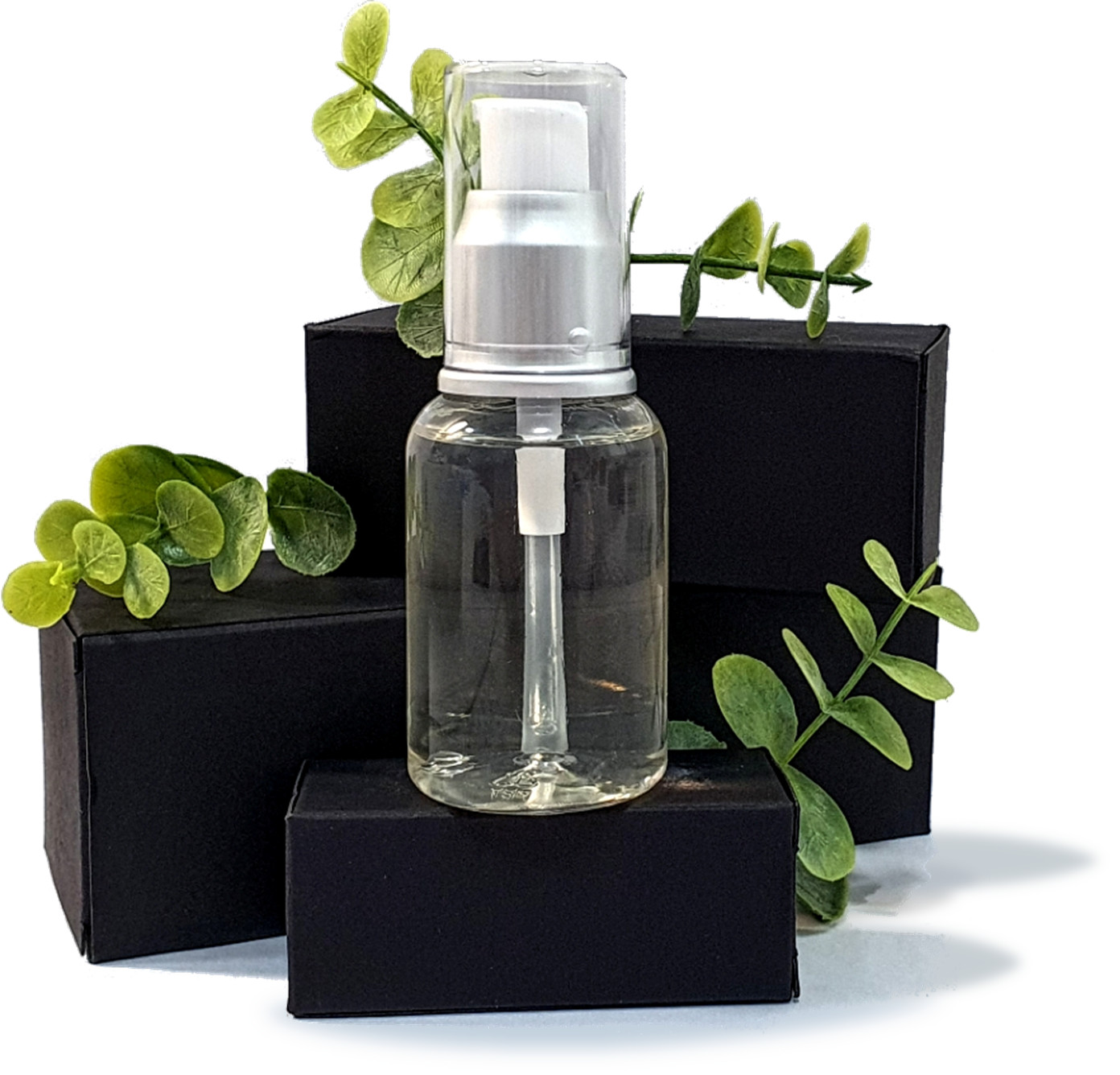There are many different types of cleansers available on the market: cleansing balm, cleansing milk, cleansing oil, foaming cleansers, gel-to-milk cleanser, etc. Each has its own uses, pros, and cons.
Today, let’s take a look at micellar water.
My first encounter with micellar water was in 1994, when I was in charge of the cosmetic department at Sogo Department Store. It was Shiseido Cleansing Water and all I can remember is that it cleanses well. Micellar waters have been utilized for over a century. It's been described as a reemergence of cleansing practices developed by French pharmacies in the early 1900s. Other sources claim that the development of micelle water was prompted by water scarcity or inaccessibility to tap water. Micellar Water is a water-thin cleansing solution. It is made of micelles and soft water. It is formulated in such a way that no additional water is needed to even remove it.
As illustrated in The Masterbook of Solid Shampoo and Conditioner, there are 4 principal mechanisms of action of cleansing : roll-up, emulsification, penetration, and solubilization.
When we mention the word "surfactant," typically people will think of it as those ingredients that foam and lather, such as SLS (sodium lauryl sulfate); decyl glucoside; etc. The word "surfactant" (Surface Active Agent) is not limited to those ingredients we add for the purpose of cleaning and foaming only. Surfactants are a huge category of ingredients with applications in almost every industry. They can function as cleansing, dispersing, foaming / defoaming, emulsifying, solubilizing, and more. So, there are a lot of different functions that surfactants can have, with some surfactants fall into multiple categories.

It is said that true micellar waters are basically water with a solubilizer added to it. The solubilizer present helps to remove oil and makeup from the skin because of the extra solubilizing agents in micellar waters. Micelles swollen by solubilized oil are often considered to be microemulsions. Typically, solubilizers are used to help solubilize essential oils, fragrances, or sometimes preservatives. They are added just enough to a formula to solubilize the require essential oils or fragrance used. In micellar water, we don't want to add a lot of essential oils or fragrance simply because we want the excess solubilizer in the formula to be used to remove any oil or grease from our skin when we apply it. This type of micellar water is great for cleaning off water-based makeup and for very gentle cleansing applications.
Micellar water is not intended to be rinsed off. It is applied with a cotton ball or pad as a leave-on cleanser. Because micellar waters are considered leave-on products, the ingredients included in the mix are non-sticky and should leave the skin with a smooth after-feel.
So, the 3 key characteristics that set micellar waters apart are:
- They contain surfactant micelles that are able to solubilize, disperse or emulsify oils and dirt from the skin surface;
- They are gentle on skin, leaving it moisturized; and
- They do not require rinsing.
However, some micellar water also contains a very small amount of surfactant (the foamy lathery ingredient, e.g., cocamidopropyl betaine), ranging from 1% to 2%. Using a higher level of surfactant will make the makeup remover more effective.
Looking at the formulations of micellar waters on the market, it looks like they only require a low level of mild surfactant, along with the inclusion of one or more glycols and/or a poloxamer to help in the solubilization of facial impurities plus other additives.
Micellar water is portable and convenient. It is great when you are on the go, at the office, the gym, camping, travelling, and more.
Although micellar water may be used as a stand-alone cleanser, you can use it in conjunction with other types of cleanser if desired.
What is your take on micellar water?
Happy learning!
Source
www.cosmeticsandtoiletries.com
Chemistry and Technology of Surfactants
www.skinchakra.eu



Comments ()